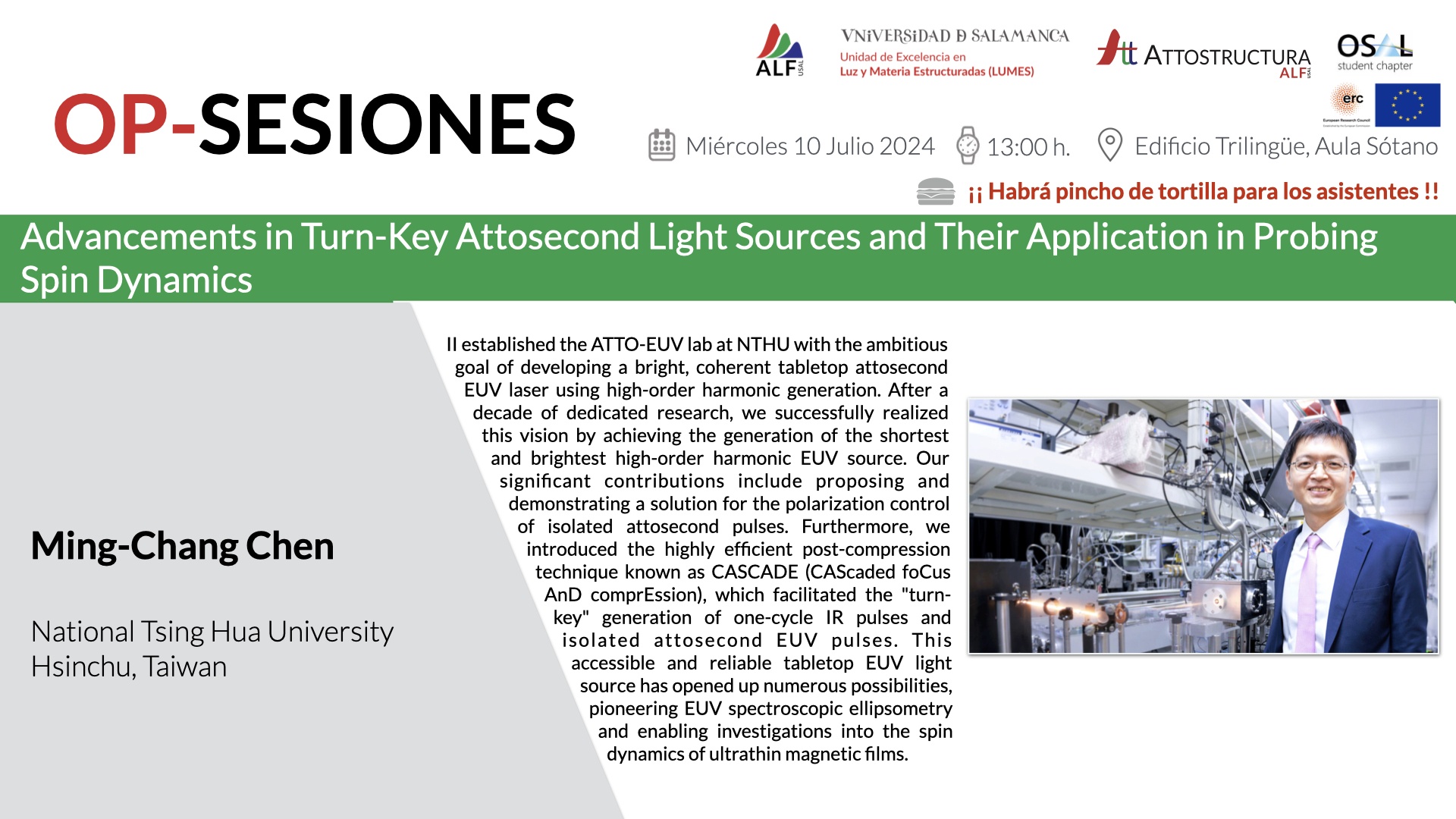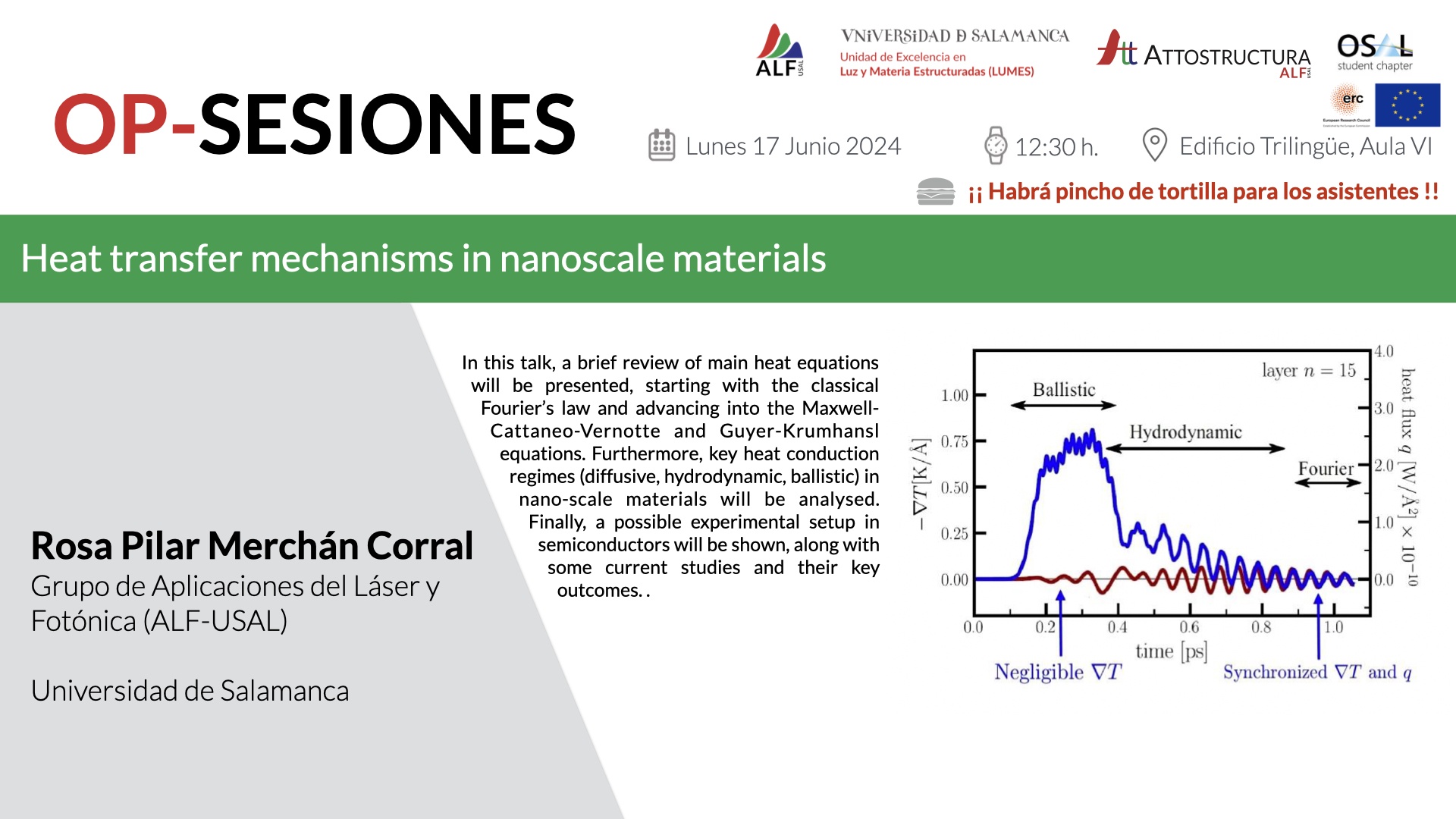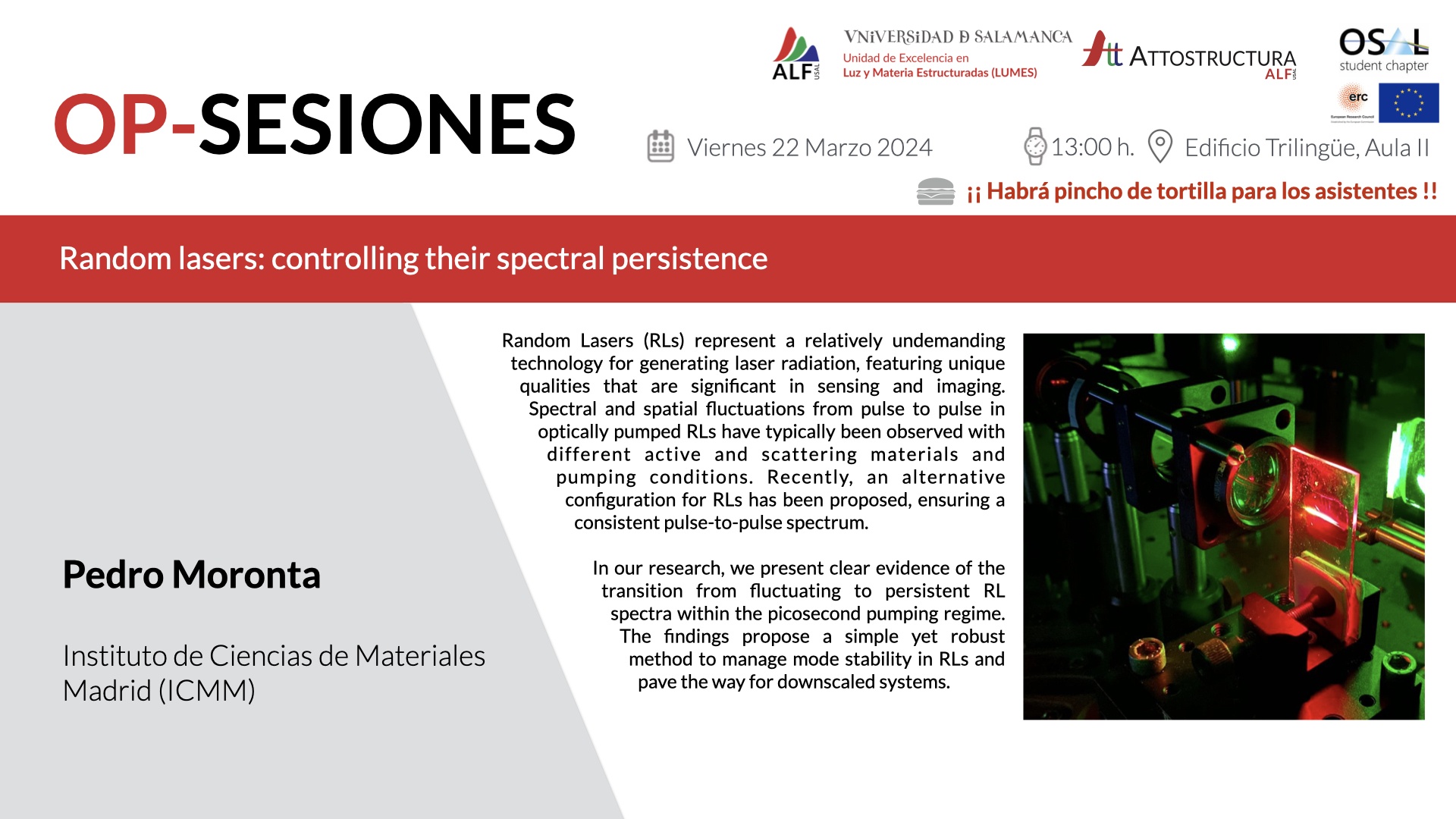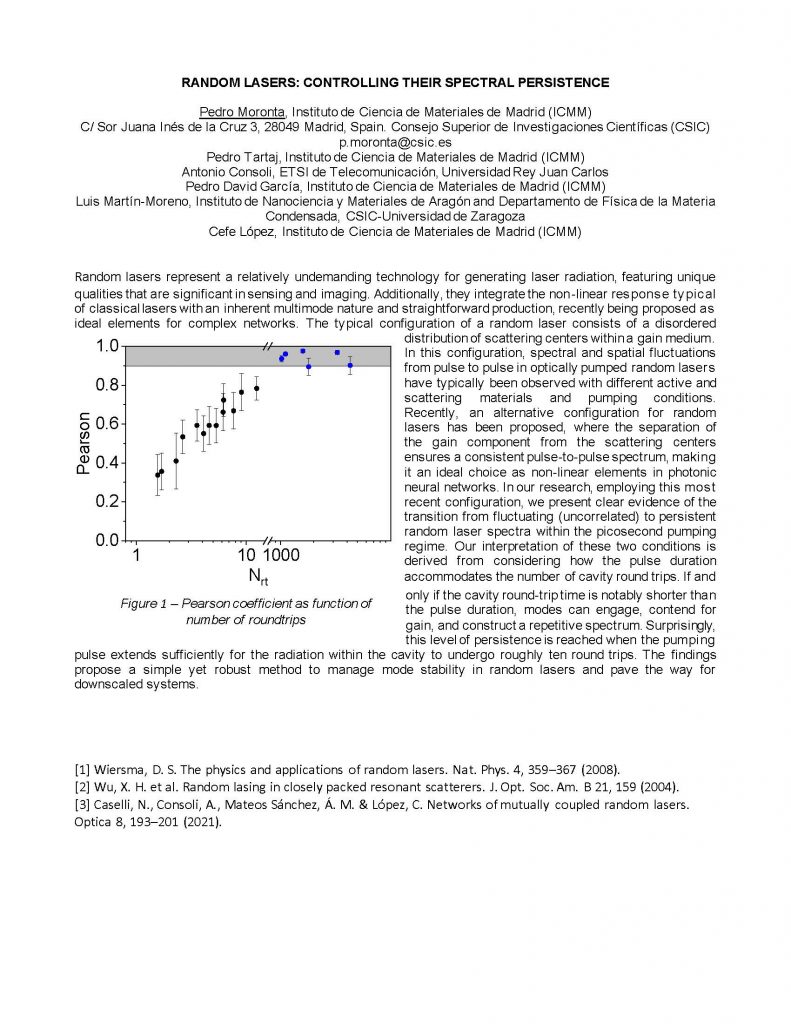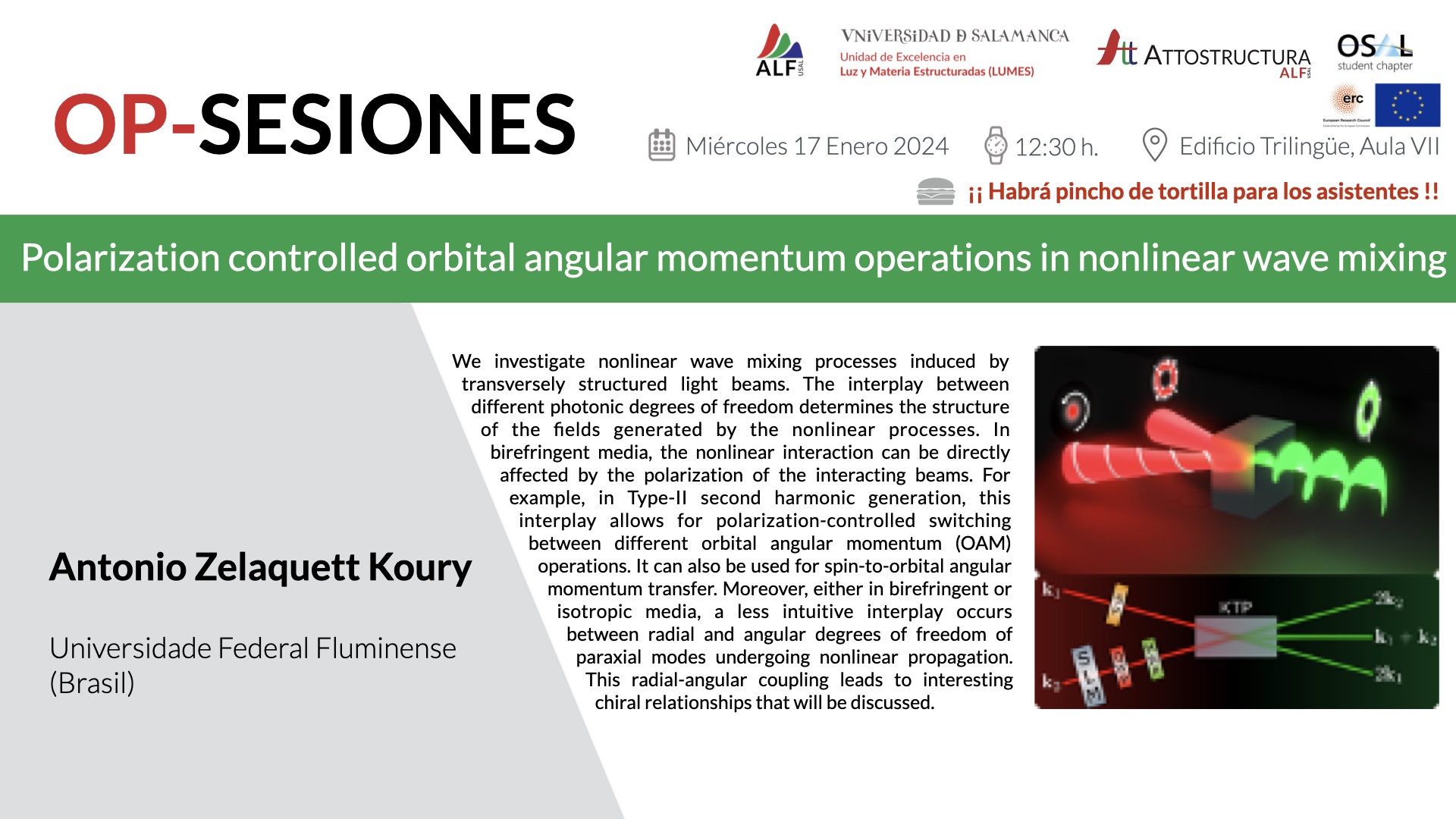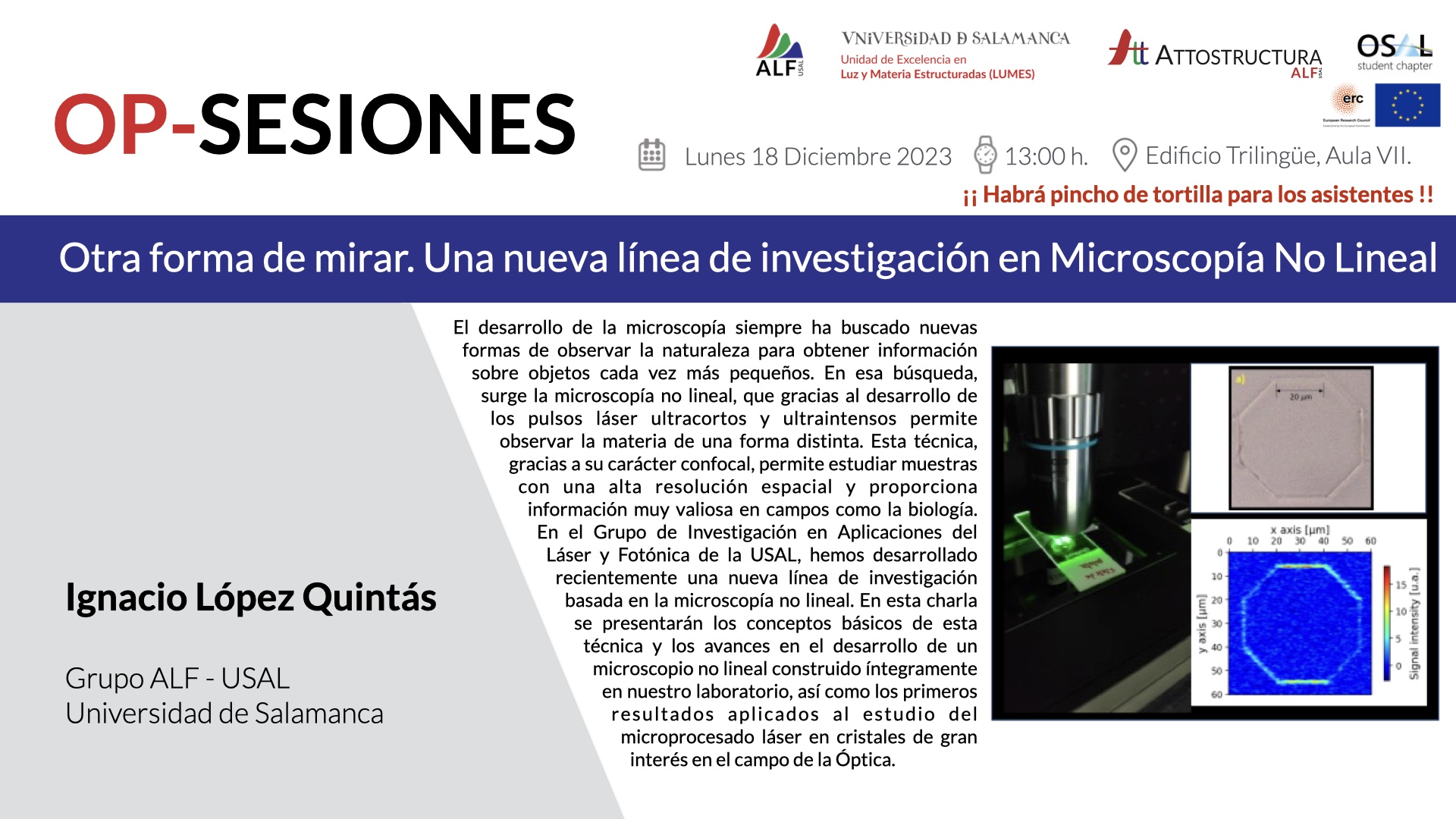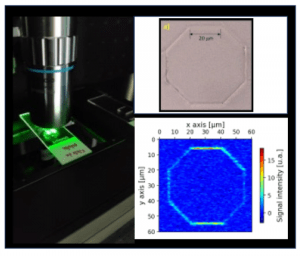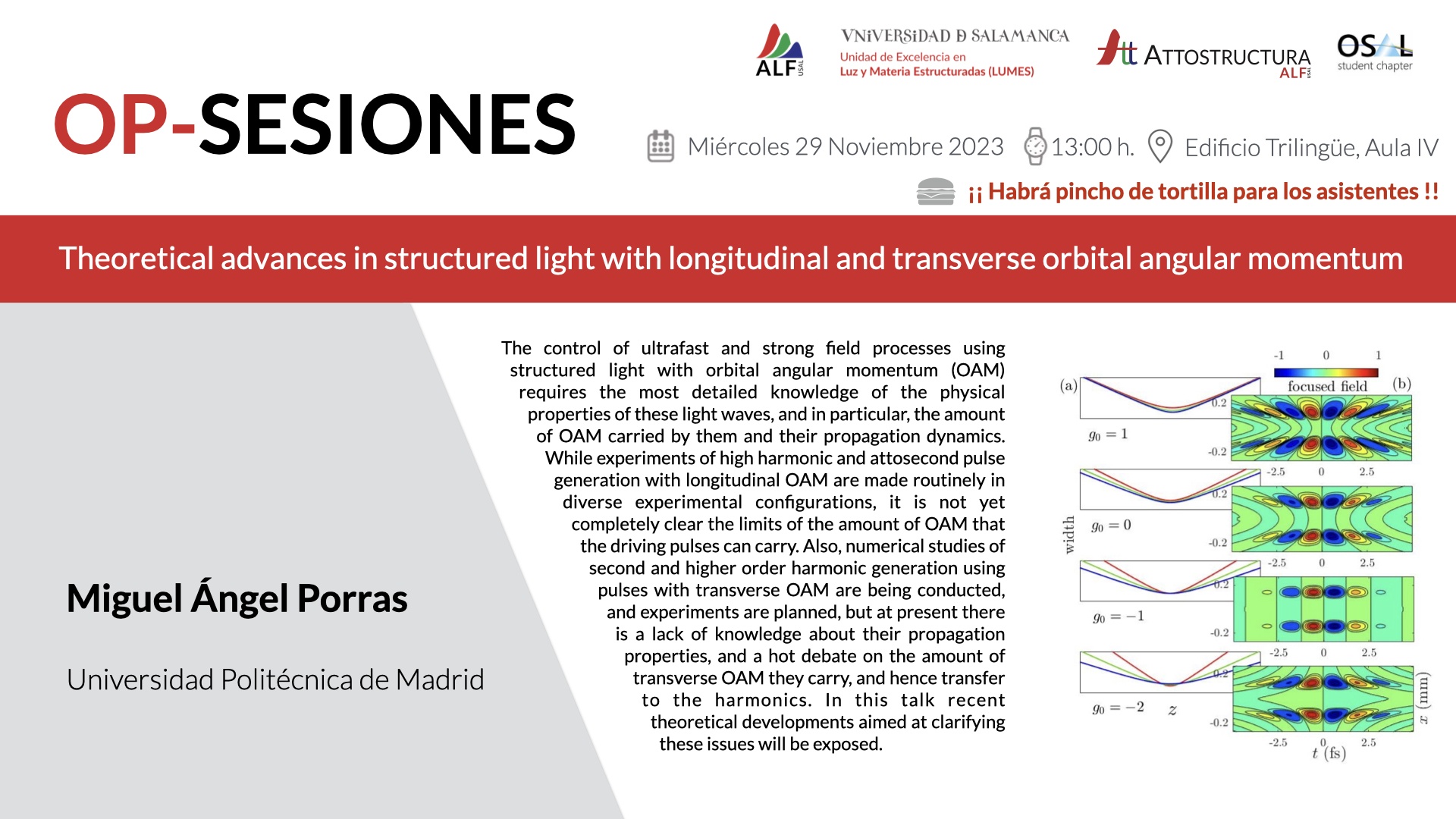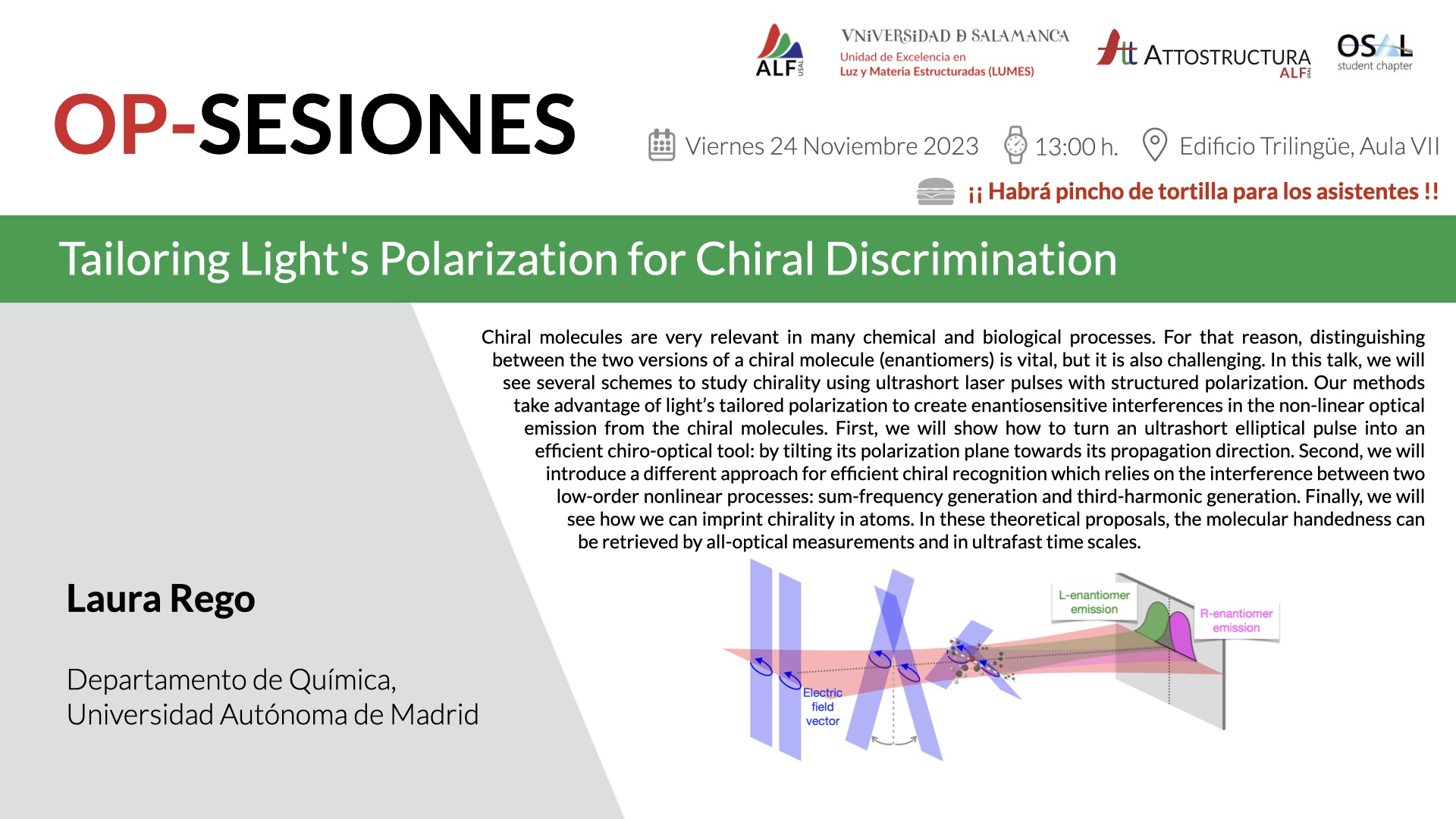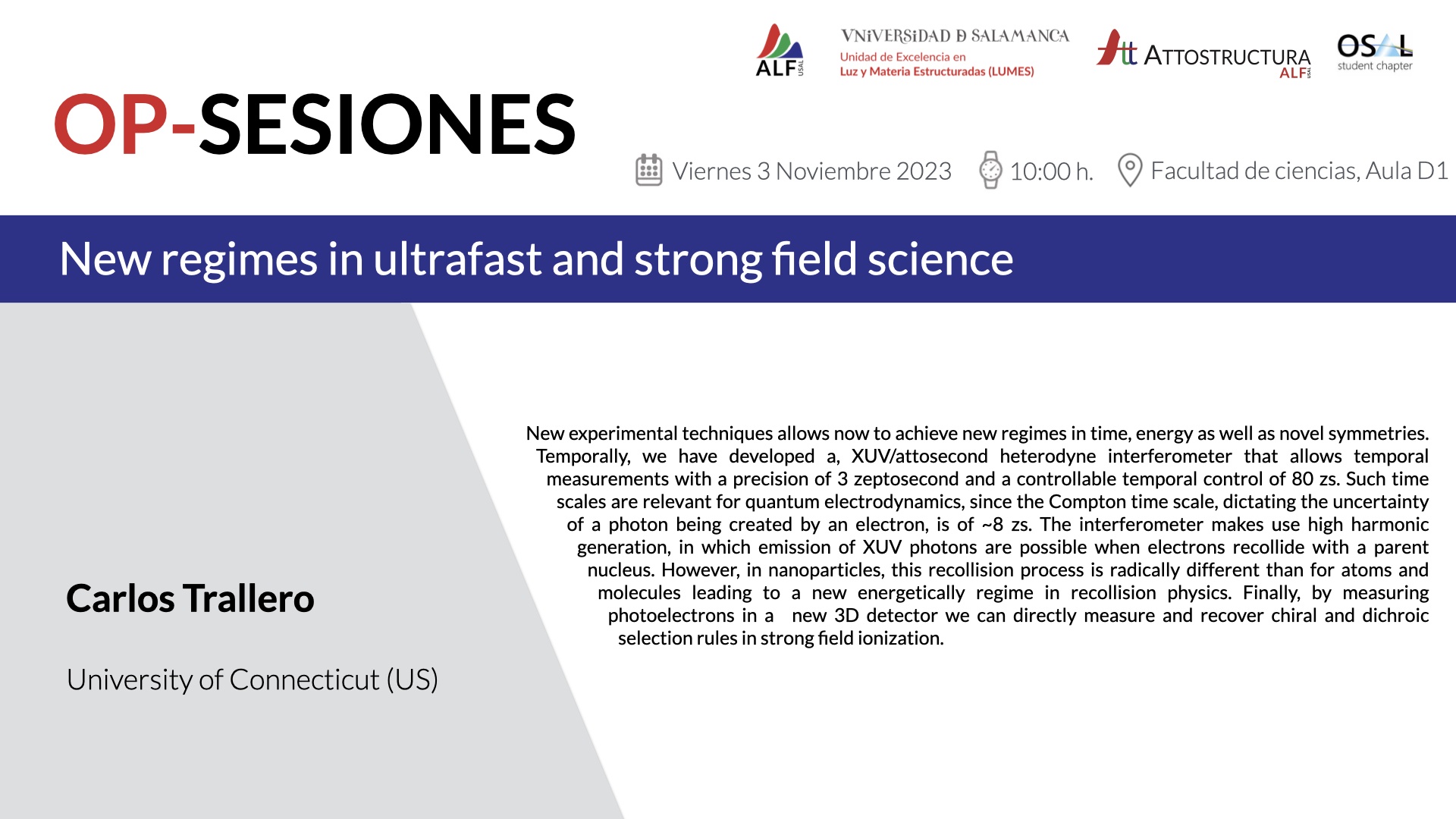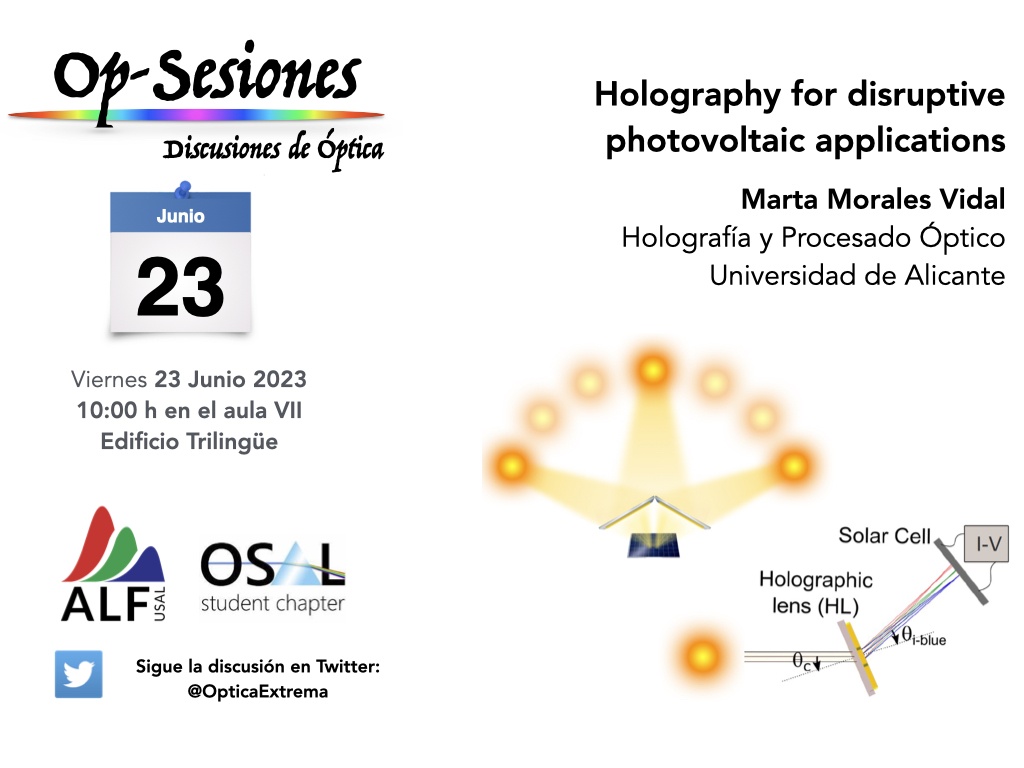Ming-Chang Chen from National Tsing Hua University in Hsinchu, Taiwan, will deliver the seminar titled “Advancements in Turn-Key Attosecond Light Sources and Their Application in Probing Spin Dynamics” next Wednesday, July 10th at 1:00 PM.
The seminar will take place in the basement classroom of the Trilingual Building at the University of Salamanca.
Prof. Chen established the ATTO-EUV lab in 2013 with the goal of generating bright, coherent tabletop EUV lasers. His recent research is dedicated to advancing laser technology and generating the shortest and brightest high-order harmonic EUV source. Notably, he pioneered and demonstrated the complete solution for the polarization control of isolated attosecond pulses and invented the broadband EUV polarimeter. Introducing the highly efficient post-compression technique, CASCADE, he enabled the production of one-cycle IR pulses and isolated attosecond EUV pulses. This accessible and reliable tabletop EUV light source has opened up numerous possibilities, including the first EUV spectroscopic ellipsometry and the brightest EUV light source for nano-imaging.
